Table of Contents
Red chili powder is a versatile spice made from ground dried red chilies, known for its vibrant color and medium to hot heat level (typically 30,000-50,000 Scoville Heat Units). It's a staple in Indian, Mexican, and Middle Eastern cuisines, used to add heat and depth to dishes like curries, stews, and sauces. Whether you're a beginner or a seasoned cook, this guide covers everything you need to know about red chili powder, from its uses and heat levels to buying tips and storage advice.
What Is Red Chili Powder?
Red chili powder is made from ground dried red chilies, typically sun-dried and crushed into fine or coarse powder. The heat level varies by chili variety: Kashmiri chilies (milder, 1,000-2,000 SHU) are common in Indian cuisine, while cayenne-based powders (hotter, 30,000-50,000 SHU) dominate Mexican and American recipes. Pure red chili powder contains only chilies, but some blends include additives like garlic or cumin for extra flavor. Always check labels if you prefer unadulterated spice.
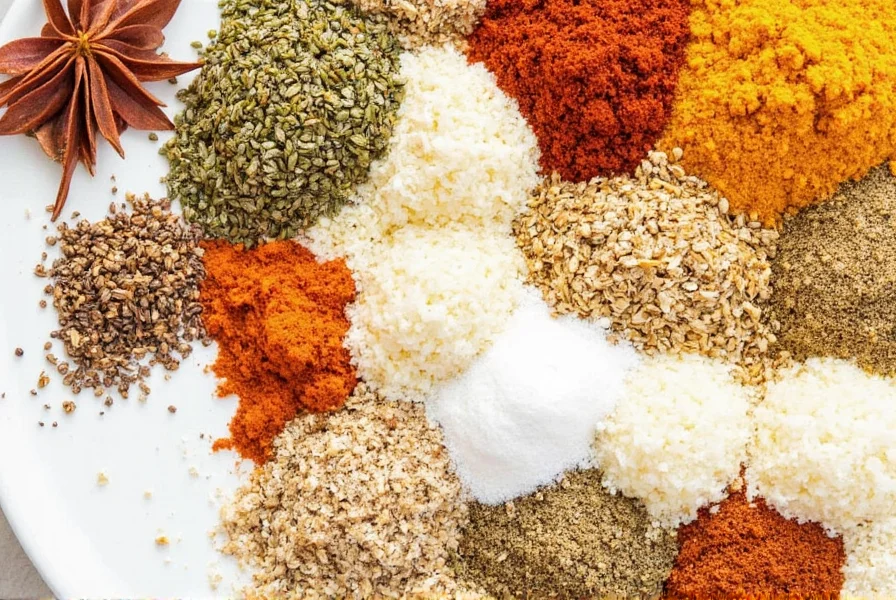
How to Use It
Red chili powder adds heat and complexity to countless dishes. Here's how to use it effectively:
- Cooking: Add 1/2 to 1 teaspoon to soups, stews, or curries for balanced heat. For Indian curries, toast the powder in oil first to release flavors.
- Seasoning: Sprinkle over roasted vegetables (like sweet potatoes) or grilled meats. A pinch enhances eggs or avocado toast.
- Marinating: Mix with olive oil, garlic, and lime juice for spicy chicken or tofu. Let marinate 30+ minutes for best results.
- Dips and Sauces: Blend into salsa or guacamole for a kick. For hot sauce, combine with vinegar and let ferment for 2 weeks.
Start small—add 1/4 teaspoon at a time—and adjust to taste. Overuse can overwhelm a dish, but a little goes a long way for depth and warmth.
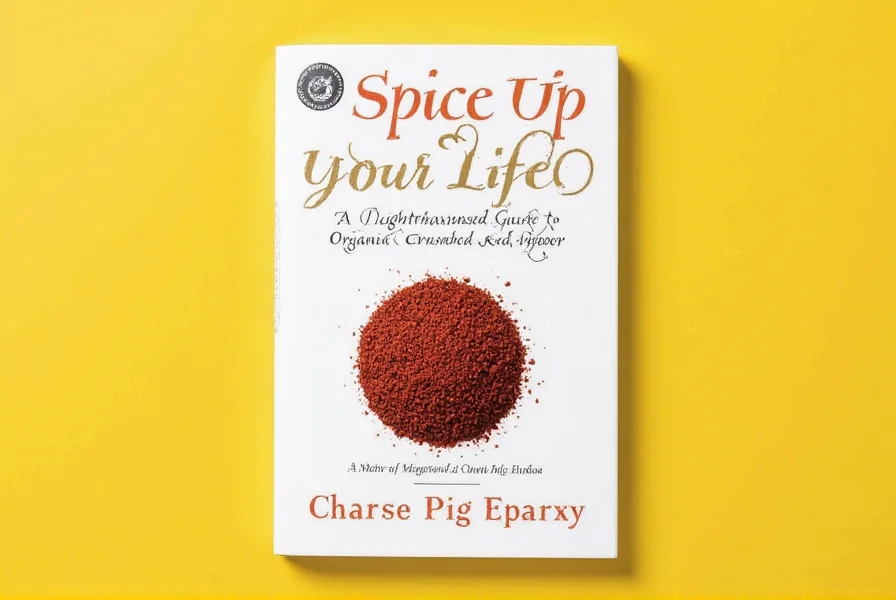
Red Chili Powder vs. Other Chili Powders
| Chili Powder | Heat Level (Scoville Units) | Flavor Profile | Best For |
|---|---|---|---|
| Red Chili Powder | 1,000-50,000 (varies by type) | Smoky, earthy, slightly sweet | Curries, stews, spice blends |
| Cayenne Pepper | 30,000-50,000 | Pungent, sharp, clean heat | Hot sauces, rubs, salsas |
| Paprika | 100-500 | Smoky, sweet, mild | Roasted vegetables, dips, garnishes |
| Ancho Chili Powder | 1,000-1,500 | Earthy, fruity, raisin-like | Mole sauce, enchiladas, BBQ rubs |
This comparison helps you choose the right powder for your dish. Red chili powder offers versatile heat for most recipes, while cayenne delivers intense spice for bold flavors, and paprika provides subtle sweetness without heat.
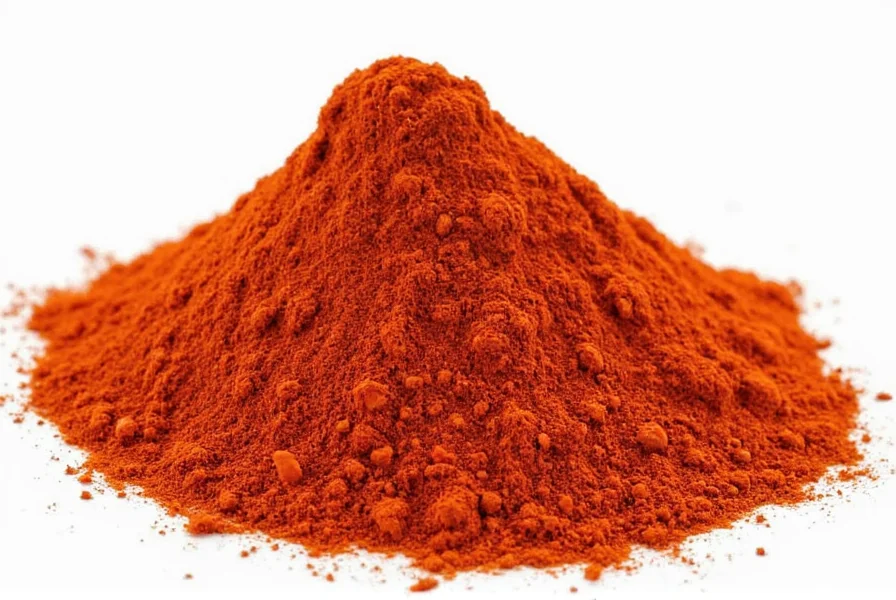
Buying Guide
Choosing quality red chili powder ensures better flavor and consistency. Follow these tips:
Key Features to Look For
- Origin: Indian varieties (like Kashmiri) offer mild, fruity notes; Mexican types are vibrant and smoky; Turkish versions are earthy. Match to your cuisine.
- Texture: Fine powder (for sauces/baking) or coarse (for rubs). Look for "ground" or "powdered" labels to avoid grittiness.
- Ingredients: Pure chili powder should list only "red chili peppers" or similar. Avoid blends with salt, fillers, or artificial colors.
Recommended Products
Top-rated options for home cooks:
- Penzeys Spices - Red Chili Powder
- Features: Pure, high-quality chilies with balanced heat (25,000 SHU), no additives.
- Use Cases: Ideal for Indian curries, spice rubs, and authentic recipes.
- Target Audience: Home cooks seeking authentic flavors and professional chefs.
- Suitable Occasions: Weeknight meals, dinner parties, and cultural cooking projects.
- McCormick Gourmet Collection - Ground Chili
- Features: Blend of dried chilies for rich, smoky depth (35,000 SHU), no artificial ingredients.
- Use Cases: Perfect for Mexican dishes, BBQ rubs, and roasted vegetables.
- Target Audience: Flavor-focused cooks who want consistent results.
- Suitable Occasions: BBQs, family dinners, and casual gatherings.

Tips for Spice Lovers
Maximize your red chili powder experience with these expert tips:
- Start Small: Begin with 1/4 teaspoon per serving—heat builds quickly. Add gradually to avoid overpowering dishes.
- Pair It Right: Combine with cumin, coriander, or smoked paprika for complex flavors. For heat control, add a touch of honey or yogurt.
- Store Properly: Keep in an airtight glass jar away from light and heat. Proper storage preserves potency for 1-2 years.
- Experiment: Try different varieties: Kashmiri for mild color, cayenne for intense heat, or ancho for fruity depth. Use in unexpected ways like spicy chocolate or coffee rubs.
- Fix Over-Spiced Dishes: If too hot, add dairy (yogurt, sour cream) or sweetness (honey, sugar) to balance the heat.
Spice is about creativity—don't be afraid to test new combinations in your favorite recipes!
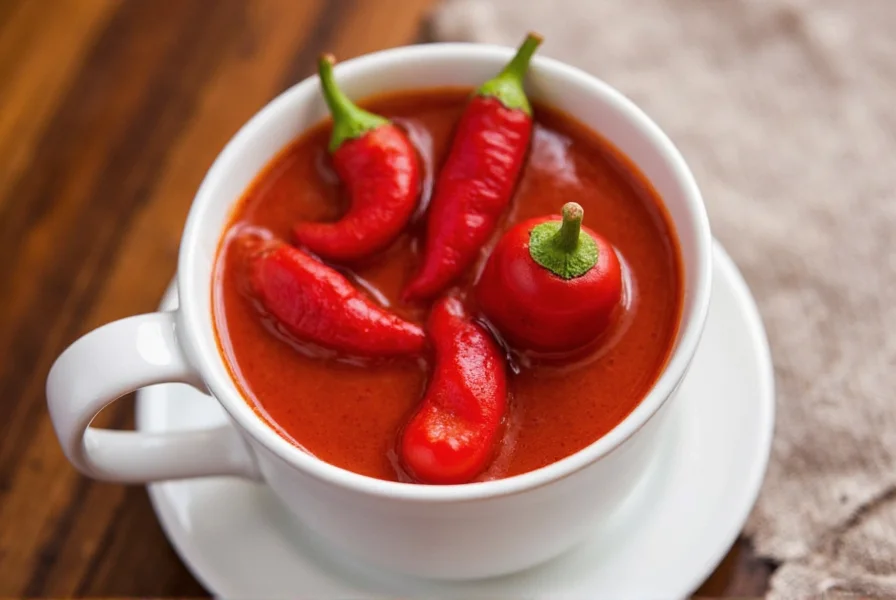
Frequently Asked Questions
What exactly is red chili powder made from?
Red chili powder is made from ground dried red chilies, typically varieties like cayenne, Kashmiri, or Anaheim peppers. Pure versions contain only chilies, while some blends include additives like garlic or cumin. Always check the ingredient list for unadulterated spice.
Is red chili powder the same as cayenne pepper?
No—cayenne pepper is a specific type of red chili powder made from cayenne peppers, which tends to be hotter (30,000-50,000 SHU). Red chili powder can be made from various chilies and may range from mild (Kashmiri) to hot (cayenne-based). Always check Scoville units for heat level clarity.
How hot is red chili powder compared to other spices?
Red chili powder typically ranges from 1,000-50,000 Scoville Heat Units (SHU), depending on the chili variety. This makes it hotter than paprika (100-500 SHU) but milder than pure capsaicin (15-16 million SHU). Cayenne pepper often falls within the same range as red chili powder, but exact heat varies by brand and source.
What's the difference between red chili powder and regular chili powder?
"Chili powder" in U.S. supermarkets usually refers to a blend of ground chilies plus cumin, garlic, oregano, and other spices. "Red chili powder" typically means pure ground red chilies without additives. In Indian cooking, "red chili powder" always means pure chili, while "garam masala" or "curry powder" are blends.
Can I substitute paprika for red chili powder?
Yes, but with adjustments. Paprika is much milder (100-500 SHU) and sweeter, so it won't provide heat. For similar depth, use smoked paprika, but add cayenne (1/4 tsp per tsp paprika) for heat. For recipes where heat is key, substitute 1:1 only if you want a milder result.
How long does red chili powder stay fresh?
Properly stored in an airtight container away from light and moisture, red chili powder retains potency for 1-2 years. After this, it won't spoil but will lose vibrancy. Test freshness by rubbing a pinch between fingers—if the aroma is weak and color faded to dull orange, replace it.
Can red chili powder be used in baking?
Generally, red chili powder isn't used in sweet baking, but it works well in savory baked goods like cornbread, savory muffins, or spicy chocolate desserts. Start with 1/8 teaspoon per cup of flour for subtle heat. Avoid in cakes or cookies unless the recipe specifically calls for it.
Conclusion
Red chili powder is a versatile kitchen essential that transforms dishes with its vibrant color and adaptable heat. From curries to marinades, understanding its nuances—like Scoville levels, regional varieties, and pairing techniques—elevates your cooking. Always choose pure, high-quality powder, store it properly, and experiment fearlessly. With this guide, you're ready to master red chili powder in every recipe.
Next time you cook, reach for red chili powder to add depth and excitement to your meals. Happy cooking!
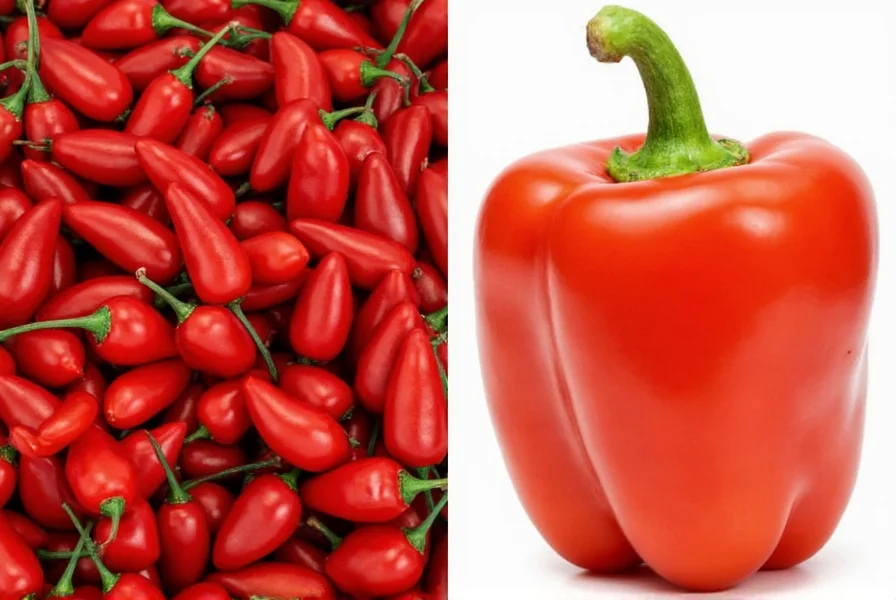

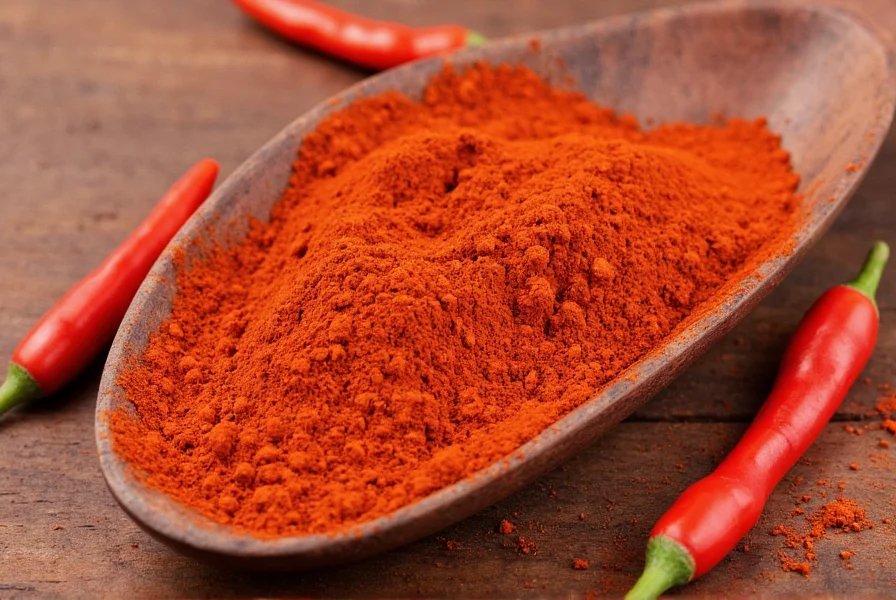









 浙公网安备
33010002000092号
浙公网安备
33010002000092号 浙B2-20120091-4
浙B2-20120091-4